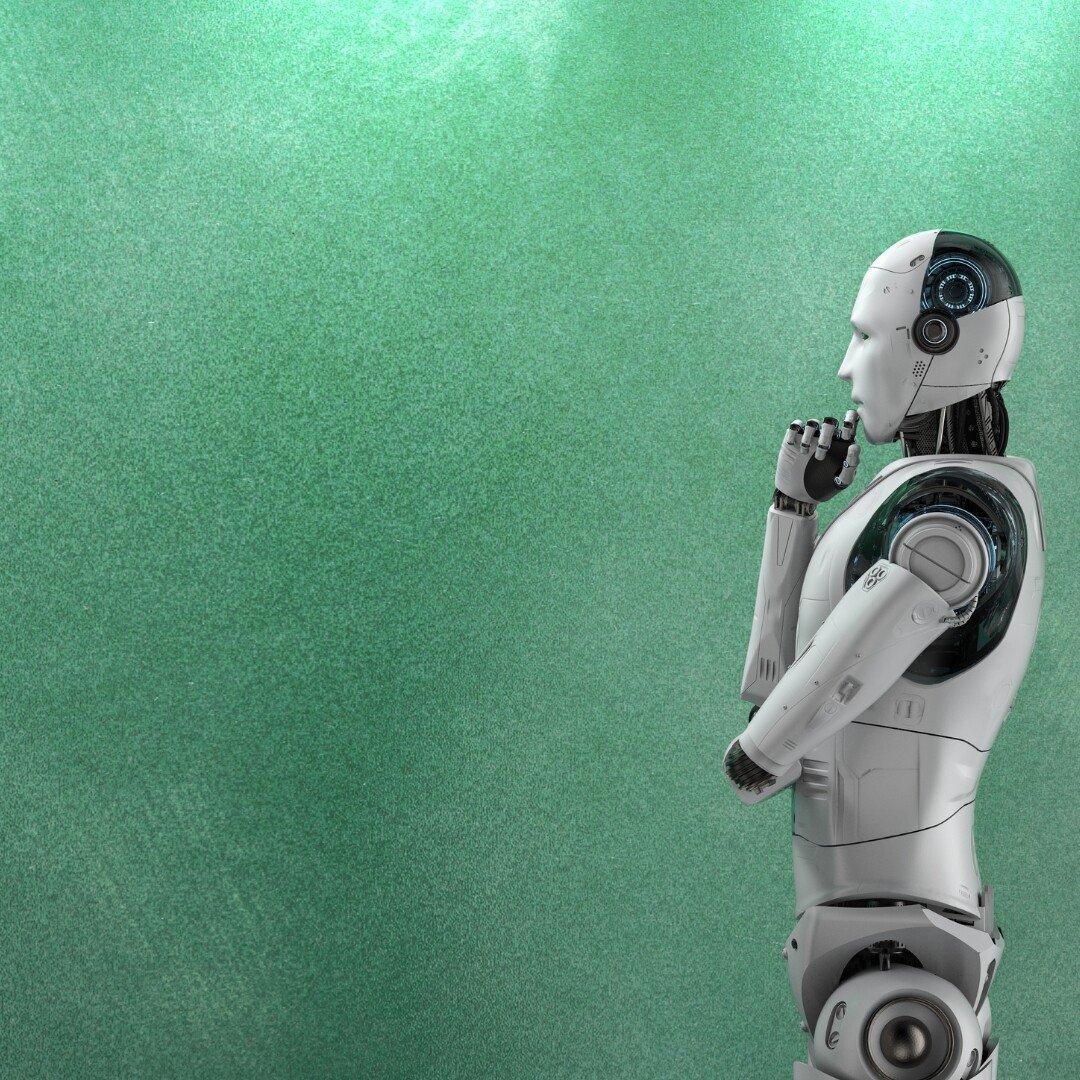Partnering with Machines: How Curiosity Unlocks the Potential of AI in the Workplace
The World Economic Forum's 2025 Report focuses on the changing nature of work, rapid obsoletion of workplace skills and how the rise of AI is inevitable. But the report highlights that it is not just technology knowledge organisations must acquire. Curiosity is highlighted as one of the key skills organisations must develop in the future to both thrive and survive.
Beyond Skepticism: Exploring AI's Possibilities Through Curiosity
The rise of this technology has sparked fears for many, with understandable anxiety about job displacement, the black box nature of some algorithms, and the ethical implications of increasingly intelligent machines.
A curious approach encourages us to:
Ask "What if?": Instead of "What will AI take from me?", ask "What if AI could free me from mundane tasks?" or "What if AI could help me analyse data 100 times faster?"
Experiment and explore: Don't wait for a perfect solution to be presented. Get hands-on with AI tools, even simple ones. Explore how large language models can draft emails, how AI-powered analytics can uncover hidden patterns or how automation tools can streamline workflows.
Seek understanding: Instead of being intimidated by AI's complexity, be curious about how it works, its limitations and its strengths. This understanding empowers us to use it more effectively and ethically.
So, how does a curious mindset translate into practical AI integration and lead to genuinely innovative use cases?
Identify pain points, then ask "Can AI help?": Instead of trying to force AI into every process, start by identifying existing inefficiencies, bottlenecks, or areas where human effort is heavily concentrated on repetitive tasks. Then, with a curious mind, ask: "Could an AI solution streamline this?" or "Could AI provide insights here that we currently miss?"
Experiment with small-scale pilots: Pick a specific, manageable problem and apply an AI tool to it. A curious team learns from these small experiments, iterating and refining before scaling up. This lowers the perceived risk and encourages more participation.
Encourage cross-functional brainstorming: Bring together people from different departments – IT, operations, marketing, HR – and prompt them to be curious about how AI could solve their respective challenges. A diverse range of curiosities can spark unexpected synergies. For instance, a marketing team might be curious about AI for personalised content, while operations might wonder about predictive maintenance. Combining these could lead to a more holistic customer experience.
Foster continuous learning: The AI landscape is dynamic. A curious organisation invests in ongoing learning for its employees, not just about how to use AI tools, but about the principles behind AI, its ethical considerations and emerging trends. This keeps the workforce adaptable and ready to discover new applications.
Focus on augmentation, not replacement: Approach AI with the curiosity to understand how it can augment human capabilities, making employees more productive, insightful and strategic. How can AI make your sales team better, your customer service more responsive or your research more thorough?
By actively cultivating curiosity towards AI, organisations and individuals alike can transform potential threats into powerful opportunities. We move from being passive recipients of technological change to active participants, shaping how AI enhances our work, drives innovation, and ultimately, builds a more efficient and insightful future. So, let's get curious about AI – the breakthroughs are waiting.
More Belonging@Work® Insights
More Curiosity insights
Team Insights
Leadership insights












